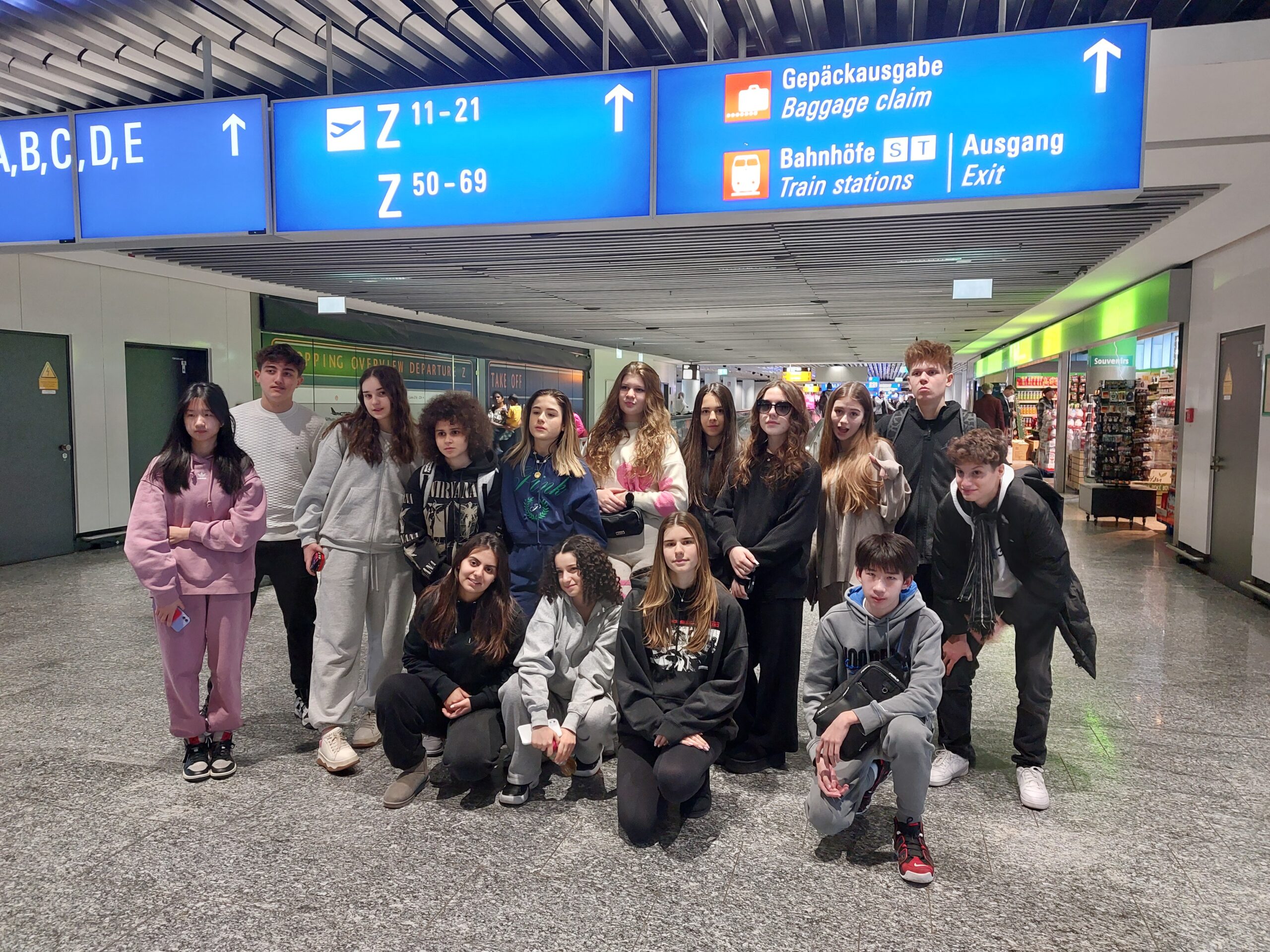Choosing the right educational path for your child is one of the most important decisions a family can make. In Romania, parents today have a wide array of options, including both public and private schools. Each choice brings distinct advantages and challenges, and understanding the differences can help parents make informed decisions based on their child's needs and future aspirations.
1. Overview of the Romanian Educational System
Romania's public education system is free and mandatory for children aged 6 to 16. It includes kindergarten, primary, middle, and high school. Public schools follow a national curriculum regulated by the Ministry of Education.
Private education, while relatively newer (especially after 1990), has expanded significantly, offering alternative curricula, bilingual instruction, and international accreditations. Private institutions are independently funded, meaning tuition fees apply.
2. Key Differences Between Private and Public Schools
🔹 Curriculum Flexibility
- Public Schools: Strictly adhere to the national curriculum with little room for customization.
- Private Schools: Often offer additional programs such as the International Baccalaureate (IB), Cambridge, or bilingual tracks, providing a more globalized educational experience.
🔹 Class Sizes
- Public Schools: Larger class sizes (often 25-30 students per class) can limit individual attention.
- Private Schools: Smaller classes (typically 10-20 students) allow for personalized instruction and closer teacher-student relationships.
🔹 Facilities
- Public Schools: Facilities can vary greatly depending on location and funding, with some schools needing modernization.
- Private Schools: Modern campuses, well-equipped laboratories, arts studios, sports complexes, and digital classrooms are common.
🔹 Teaching Methods
- Public Schools: More traditional, lecture-based approaches.
- Private Schools: Emphasize interactive, project-based learning, critical thinking, and creative problem-solving.
🔹 Language of Instruction
- Public Schools: Romanian is the primary language, with foreign languages taught as separate subjects.
- Private Schools: Offer bilingual education (Romanian-English, Romanian-French, etc.) or full English instruction for international programs.
🔹 Extracurricular Activities
- Public Schools: Offer fewer extracurricular programs, often dependent on teacher availability.
- Private Schools: Provide a wide range of clubs, sports, arts programs, robotics, debate clubs, and leadership opportunities.
🔹 Costs
- Public Schools: Free tuition. Costs may arise from textbooks, uniforms, or special programs.
- Private Schools: Annual tuition fees, varying widely (from approximately 4,000 to over 20,000 EUR/year), plus additional costs for extracurricular activities, meals, and transportation.
3. Benefits of Private Education in Romania
- Global Preparation: Internationally recognized programs (e.g., IB) prepare students for admission to top universities worldwide.
- Personalized Support: Individual learning plans and counseling services are more common.
- Holistic Development: Strong focus on character building, leadership, emotional intelligence, and creativity.
- Language Mastery: Students often graduate fully bilingual or multilingual.
- Parental Involvement: Private schools often have more structured communication and partnership with parents.
4. Advantages of Public Education in Romania
- Accessibility: Free and widely available across the country.
- Cultural Immersion: Students experience Romanian traditions, language, and values at the core of their education.
- Academic Rigor: Public schools often emphasize strong theoretical foundations, especially in mathematics and sciences.
- Community Connection: Public schools can foster strong ties to local communities.
5. Challenges to Consider
Private Schools
- High costs can be a barrier for many families.
- Some institutions may lack long-term reputation or accreditation, so careful research is essential.
Public Schools
- Overcrowded classes and limited resources in some regions.
- Less flexibility to support gifted children or students with specific learning needs.
6. What Should Parents Prioritize When Choosing?
- Child's Learning Style: Does your child thrive in a structured or a flexible environment?
- Language Goals: Do you want your child to become fluent in multiple languages?
- University Aspirations: Is international university admission a goal?
- Financial Planning: Can your family sustainably afford private tuition over several years?
- School Values: Does the school culture align with your family's values and expectations?
Visiting schools, talking to current parents, and attending open houses are excellent ways to gather valuable insights before making a decision.
There is no universal answer to whether private or public education is better in Romania. The "best" choice depends on each family's priorities, financial situation, and the individual child's needs. As Romania continues to modernize its education system, both public and private schools offer valuable opportunities. However, for families seeking bilingual education, personalized learning, and international academic pathways, private schools increasingly represent a powerful and growing choice.
By carefully considering these differences and aligning them with their child's potential, parents can ensure a fulfilling educational journey—in Romania and beyond.

